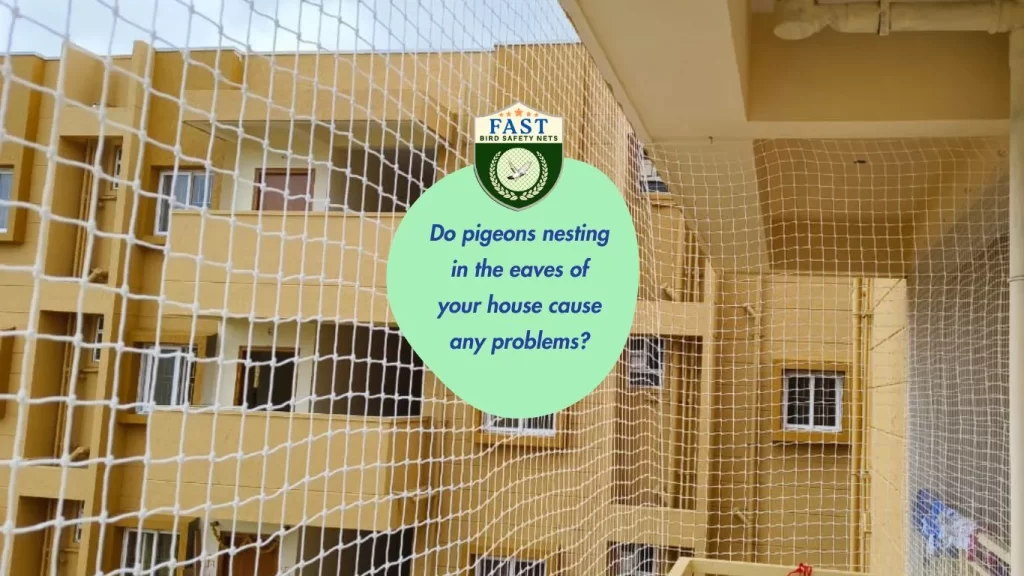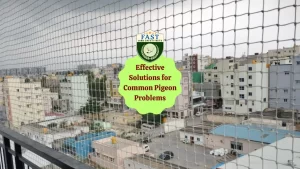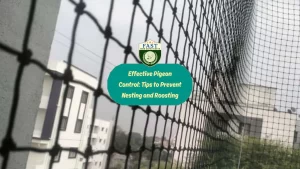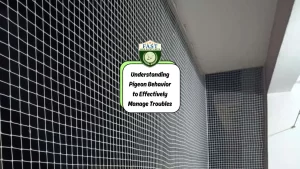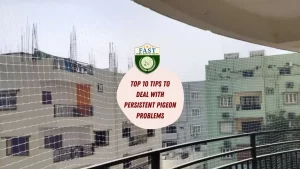Pigeons nesting in the eaves of your house might seem harmless at first, but they can actually cause a range of problems that affect both your home and your health. Understanding these issues can help you take the necessary steps to address and prevent pigeon nesting. Here’s an in-depth look at the problems caused by pigeons nesting in your eaves.
1. Health Risks
Disease Transmission
Pigeons are known carriers of various diseases that can pose serious health risks to humans. Their droppings can contain pathogens like:
- Histoplasmosis: A respiratory disease caused by a fungus that grows in bird droppings.
- Cryptococcosis: Another fungal disease that can lead to severe lung infections.
- Psittacosis: Also known as parrot fever, this bacterial infection can cause pneumonia-like symptoms.
Parasites
Pigeons can harbor parasites such as mites, ticks, and fleas, which can infest your home and bite humans and pets, leading to discomfort and potential health issues.
2. Structural Damage
Nesting Materials
Pigeons use twigs, leaves, and other debris to build their nests. Over time, these materials can clog gutters, downspouts, and drainage systems, leading to water damage and roof leaks.
Droppings
Pigeon droppings are highly acidic and can cause significant damage to building materials. Accumulated droppings can corrode metal, deteriorate roofing materials, and stain surfaces.
Weight Load
Large pigeon populations can add considerable weight to the eaves and roof areas, potentially causing structural strain and damage.
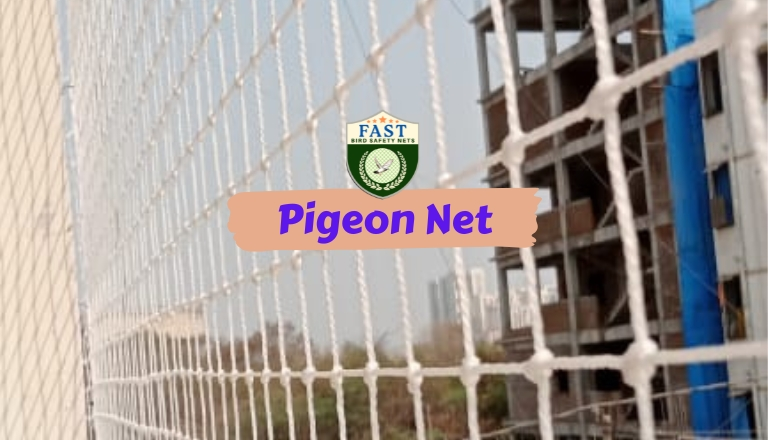
3. Noise and Disturbance
Constant Cooing
The persistent cooing of pigeons can be annoying and disruptive, especially if they are nesting close to your living areas. This noise can interfere with sleep and daily activities.
Fluttering and Movement
The constant movement and fluttering of pigeons in the eaves can be distracting and unsettling. It can also attract other birds and animals, compounding the problem.
4. Unpleasant Odors
Pigeon nests and droppings produce a foul odor that can permeate your home. This smell is not only unpleasant but can also attract other pests, such as rodents and insects, creating additional problems.
5. Fire Hazards
Dry nesting materials combined with accumulated droppings can pose a fire hazard. If these materials come into contact with electrical wiring or sparks, they can ignite, leading to potential fire risks.
6. Aesthetic Issues
Staining
Pigeon droppings can leave unsightly stains on your home’s exterior, windows, and pathways. These stains can be difficult to remove and can detract from your home’s appearance.
Damage to Paint and Finishes
The acidic nature of pigeon droppings can strip paint and damage finishes on your home’s exterior surfaces, leading to costly repairs and maintenance.
Preventing Pigeon Nesting
Install Bird Spikes
Bird spikes can be installed on ledges, eaves, and other surfaces to prevent pigeons from landing and nesting.
Use Netting
Bird netting can create a physical barrier that prevents pigeons from accessing nesting areas in the eaves.
Ultrasonic Repellents
Ultrasonic devices emit sounds that are unpleasant to pigeons but inaudible to humans, effectively deterring them from nesting.
Regular Maintenance
Regularly inspect and clean your eaves and gutters to remove any nesting materials and droppings. This reduces the likelihood of pigeons choosing your home as a nesting site.
Seal Entry Points
Seal any gaps or openings in your eaves and roof to prevent pigeons from gaining access to potential nesting sites.
Conclusion
While pigeons might seem harmless, nesting in the eaves of your house can lead to a host of problems, including health risks, structural damage, noise disturbances, unpleasant odors, fire hazards, and aesthetic issues. By understanding these problems and taking proactive measures to prevent pigeon nesting, you can protect your home and maintain a safe and pleasant living environment. If pigeon problems persist, consider seeking professional pest control services to address the issue effectively.

